The December word for my book group was appropriate for the holiday season: coruscate
verb: to emit vivid flashes of light; sparkle, scintillate, gleam, a striking display of brilliance or wit
The books people brought to our meeting were quite diverse. One was a book made of scraps of joss paper, painted mylar, and other bright paper, full of memories about the projects that used those paper. Another was a riff on “golden,” like golden child, golden rule, golden apple… And one person brought all the “bright and shiny” books on her book shelf, many artists books that she found witty and brilliant.
![]() Since I’ve been thinking about “artist’s in a box” as a theme for making my matchboxes, I thought I’d concentrate on an artist that had “striking displays of brilliance or wit.” My first thought was Magritte, with his painting “La trahison des images” (The Treachery of Images), about which Magritte said
Since I’ve been thinking about “artist’s in a box” as a theme for making my matchboxes, I thought I’d concentrate on an artist that had “striking displays of brilliance or wit.” My first thought was Magritte, with his painting “La trahison des images” (The Treachery of Images), about which Magritte said
The famous pipe. How people reproached me for it! And yet, could you stuff my pipe? No, it’s just a representation, is it not? So if I had written on my picture “This is a pipe”, I’d have been lying
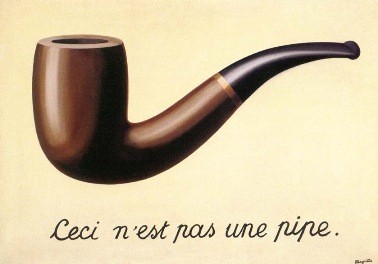
Here’s my response to Magritte’s painting:
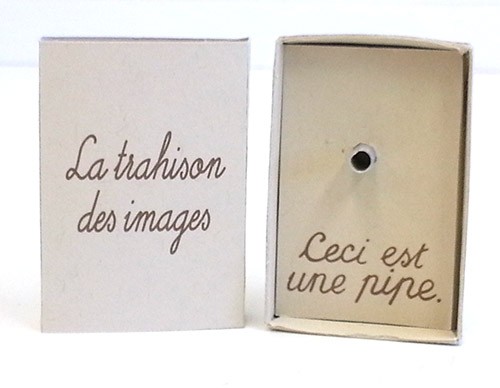
A couple of notes about making this…
+ The reaction from my group was that some didn’t recognize the metal thing sticking out of the box as a “pipe.” My husband suggested that I bend the metal to a sort of curved L shape.
+ After I was done, I belated thought “Does ‘pipe’ have a double meaning in French, as in English” — is “pipe” the word for both the thing one smokes and a conduit of water. Turns out no, the word for “conduit” in French is “tuyau” Maybe I should have written the words in English (This is a pipe) rather than French? Anyone have anything to say about this?
+ Lastly, the font. Magritte’s words are hand-written on the painting, and I used them for the inside of the box. But the title on the cover? I found a similar (free!) font—Little Days—which had the same p (which I thought would be the hardest to replicate).

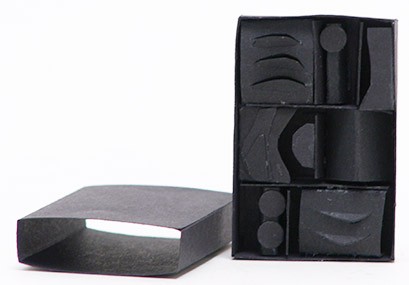
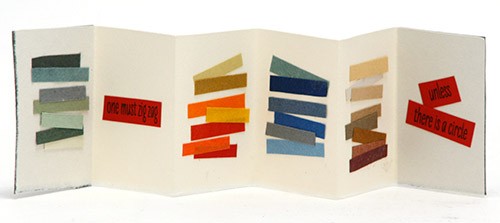
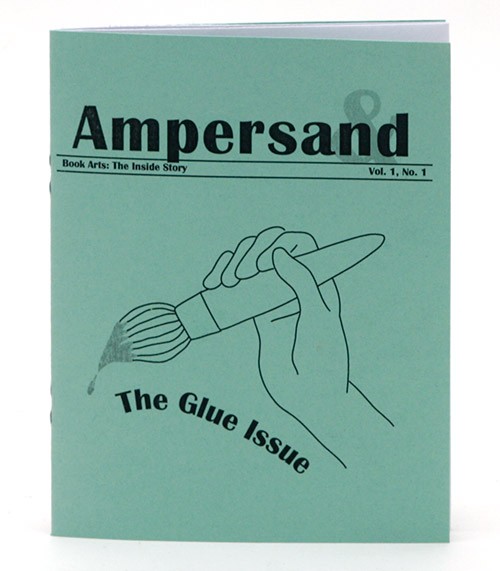
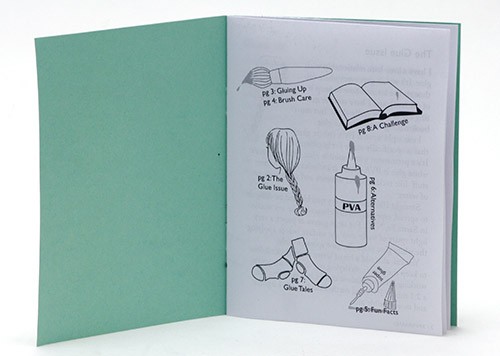
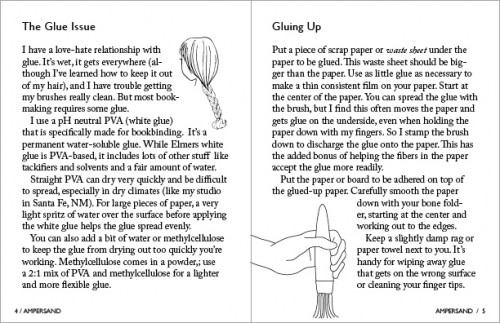
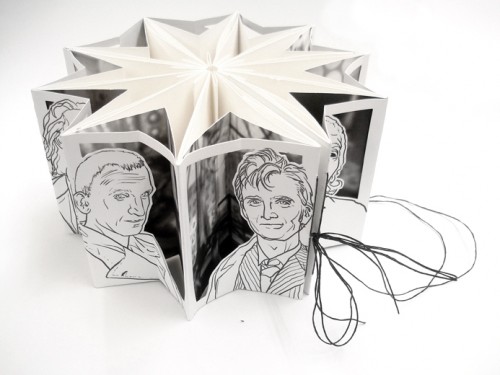
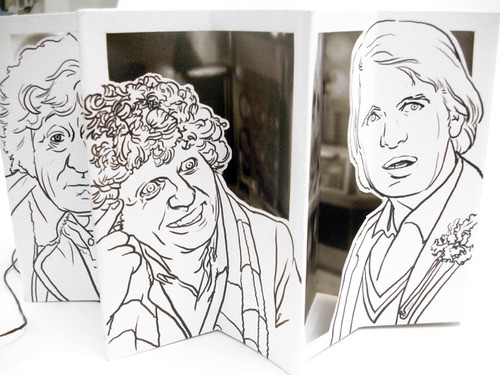
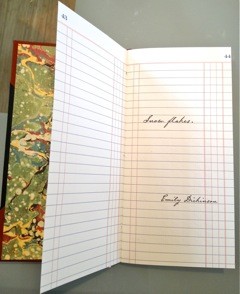
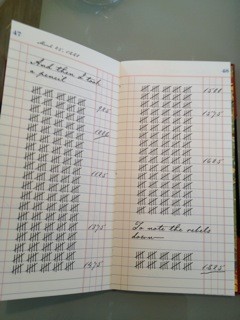
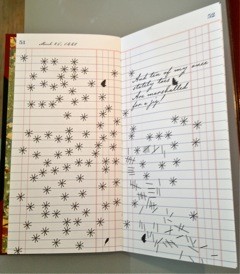
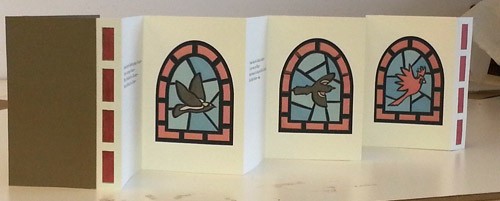
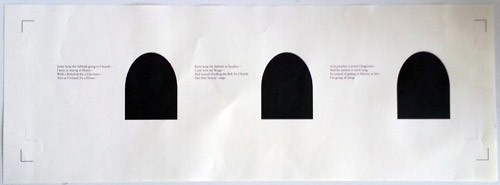
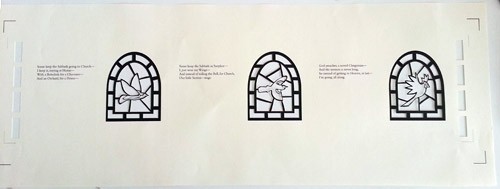
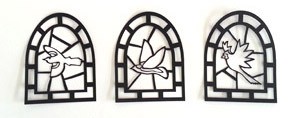 The next step is to print the windows on rice paper, and glue them to the back in the correct spots. Then cover the windows on the back with another cutout—made of thin black paper. I think of these cutouts as the lead in the stained glass–there they are to the right.
The next step is to print the windows on rice paper, and glue them to the back in the correct spots. Then cover the windows on the back with another cutout—made of thin black paper. I think of these cutouts as the lead in the stained glass–there they are to the right.

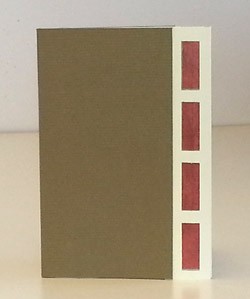 To make the book work in one 25″ long sheet, I sized it at 3-1/2″x5-1/4″. This is the cover. There’s a tab at the end of the accordion with the same detail as the cover decoration, but it’s loose & facilitates pulling the folds out. (You can see this tab in the photos above–it’s next to the red bird.)
To make the book work in one 25″ long sheet, I sized it at 3-1/2″x5-1/4″. This is the cover. There’s a tab at the end of the accordion with the same detail as the cover decoration, but it’s loose & facilitates pulling the folds out. (You can see this tab in the photos above–it’s next to the red bird.)